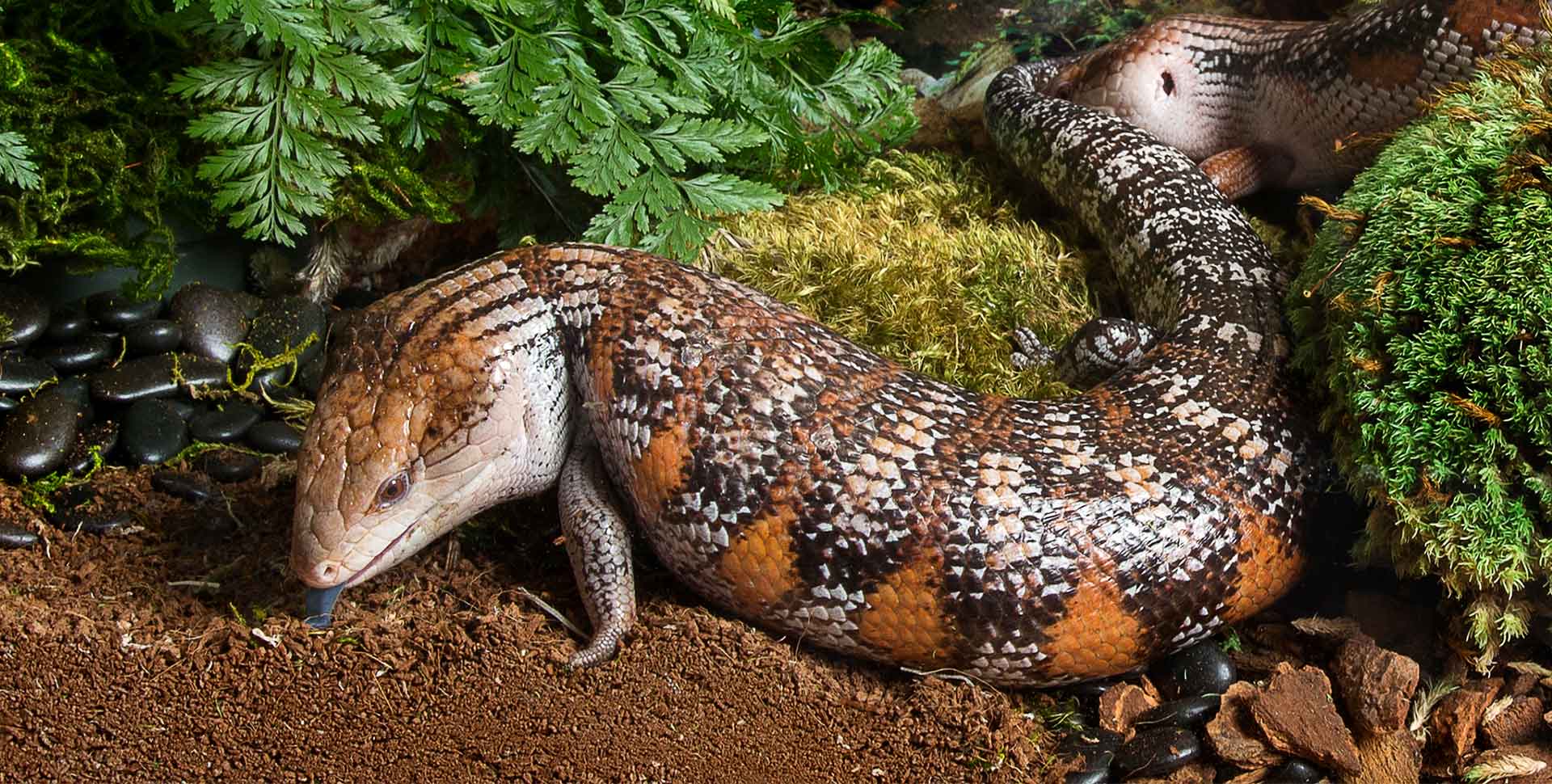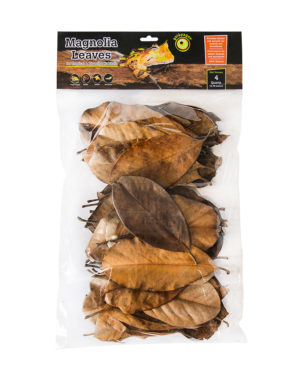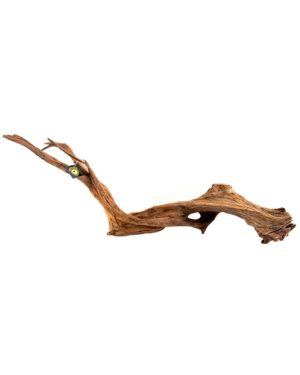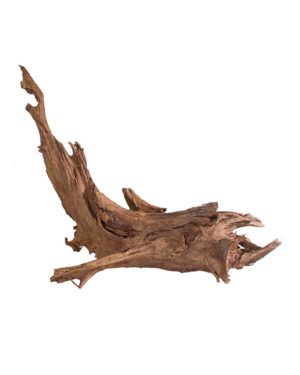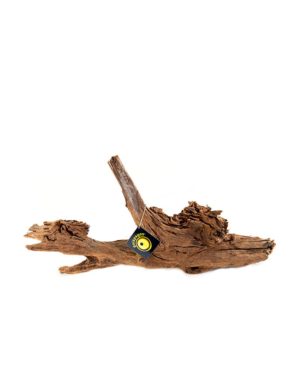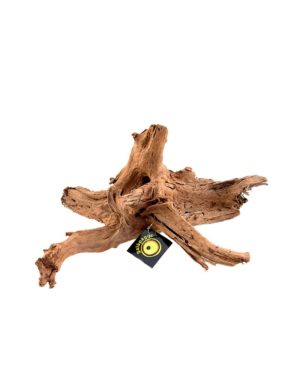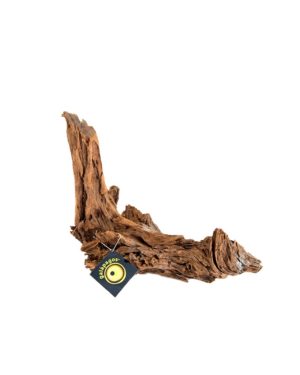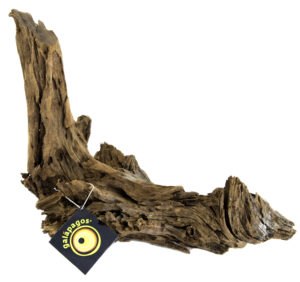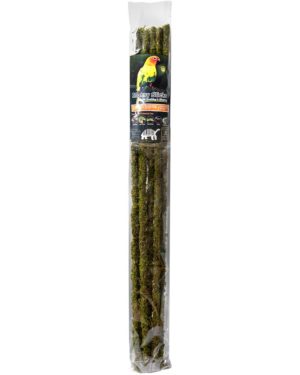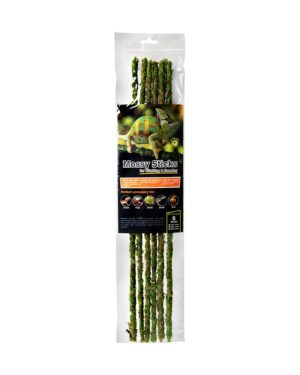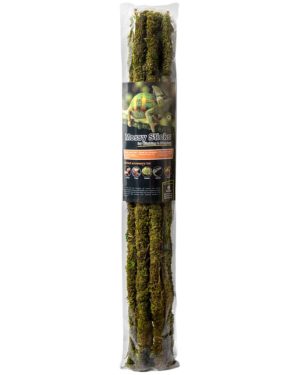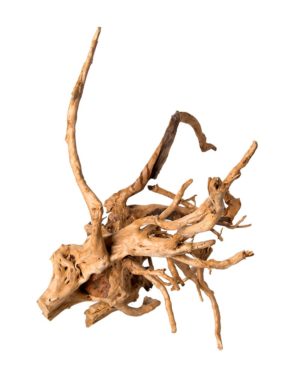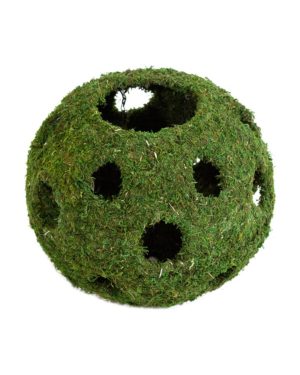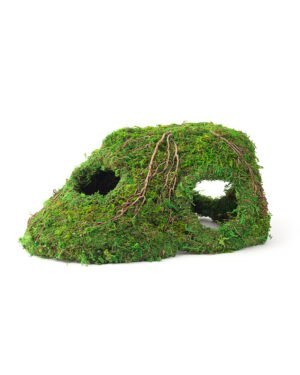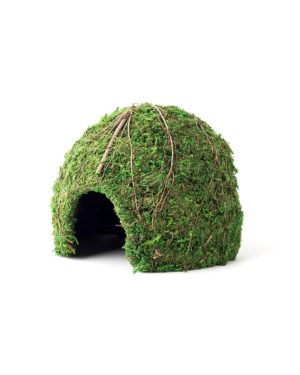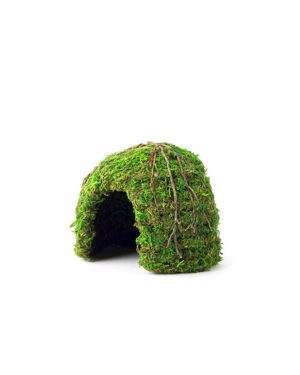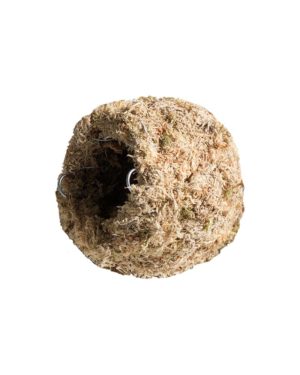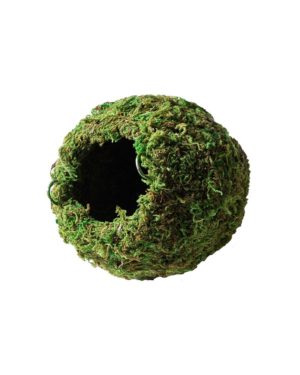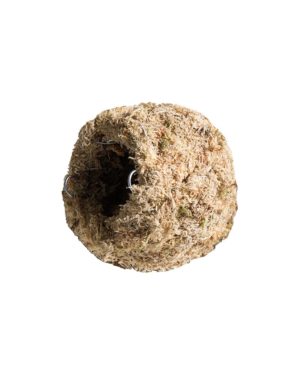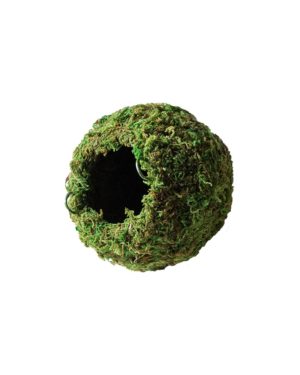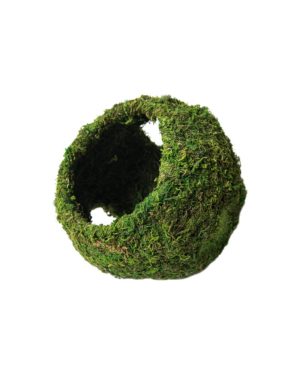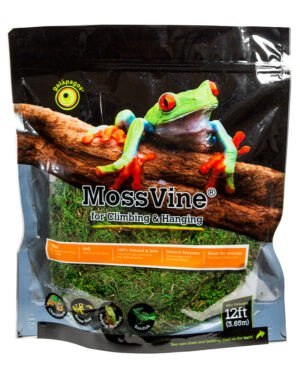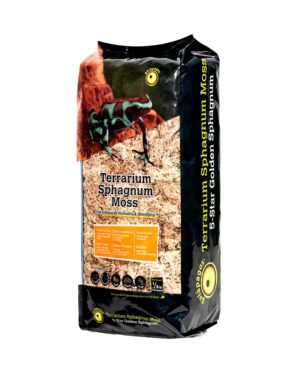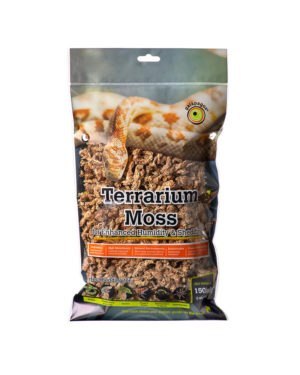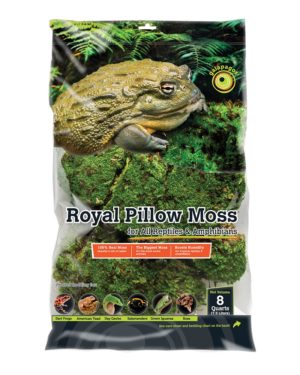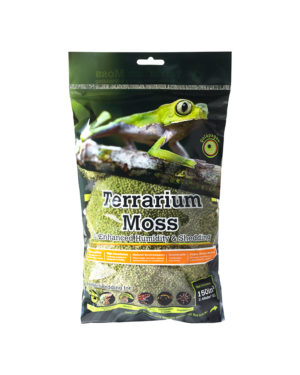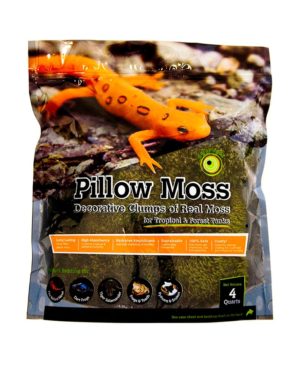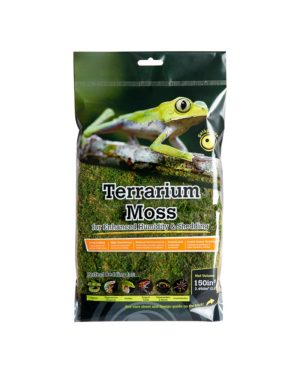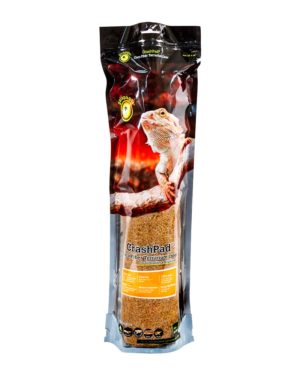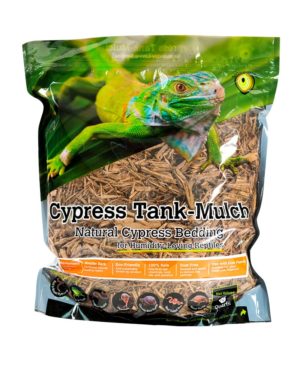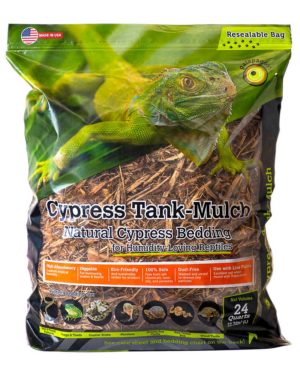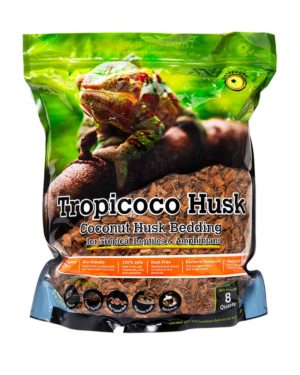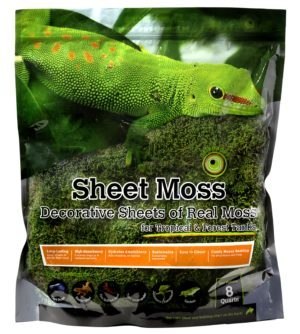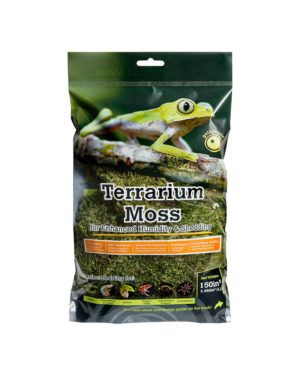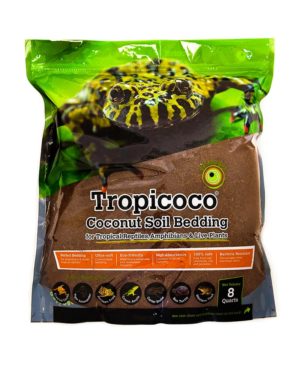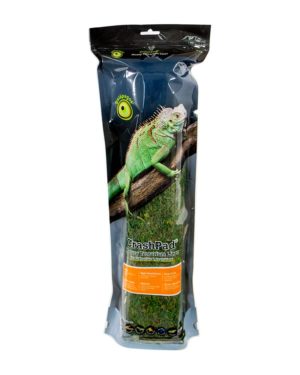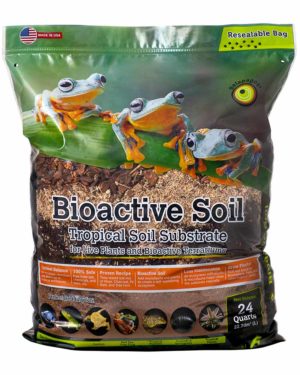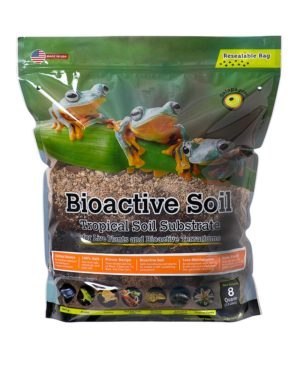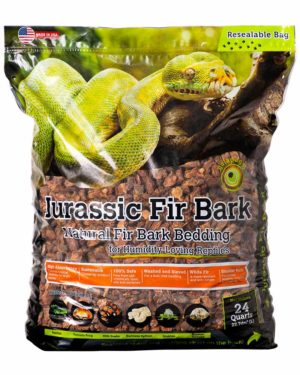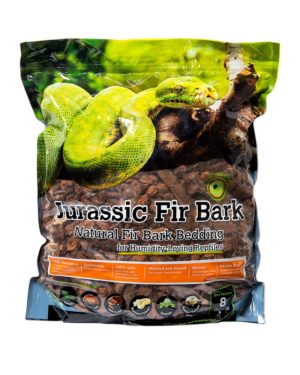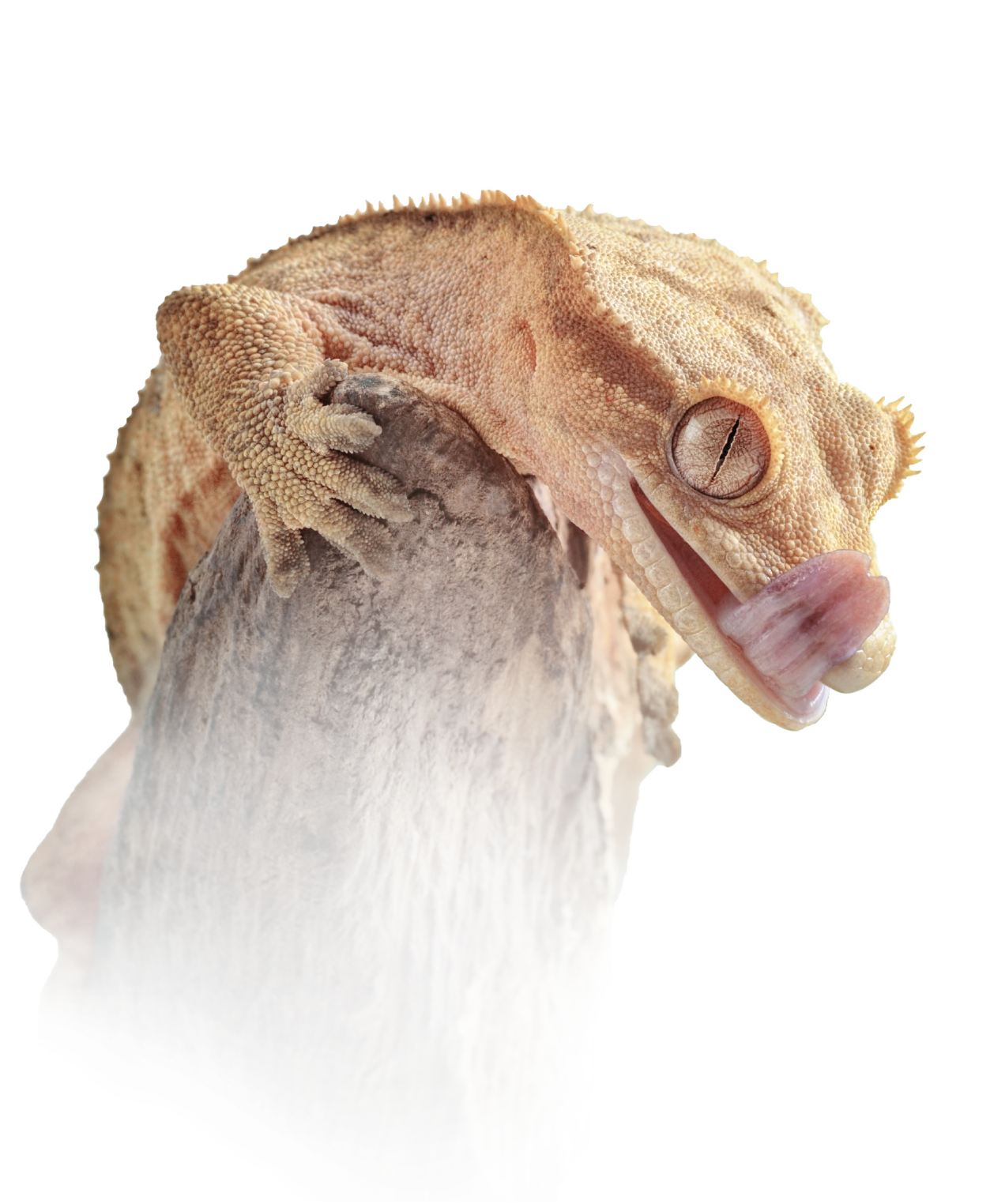Environment
Temperate
Light
UVB
Temperature
85-95 °F
Humidity
40-70%
Most Active
Diurnal
Lifespan
15-20 years
Size:
Blue-tongued skinks hatch out at approximately 4 inches including the tail. The size difference is not enough to determine gender and as such, most adults range from 16-24 inches including tails.
Lifespan:
In captivity, with proper care, skinks can live 15-20 years or more.
Enclosure:
When designing your skink’s enclosure make sure to remember that they are native to hot, bushland regions. Hatchlings and juveniles can be kept in a 20-gallon tank for a short time. Adults can be housed in larger enclosures measuring 36 inches long by 18 inches wide and 10 inches tall, though bigger is ideal. Remember that blue-tongues do not climb much and do not need as much vertical space.
It is possible to keep pairs or multiple females together but avoid multiple males as they can be territorial. It is still recommended to keep them separately with only one blue-tongue skink per enclosure.
Temperature & Humidity
Providing a heat gradient with lows in the 80s and a basking spot of 95-100 degrees Fahrenheit is very important as reptiles are cold blooded and must be able to regulate their body temperature. Night temperatures can drop into the mid 70s and low 80s.
Humidity should be kept around 40-60 percent for northern blue-tongues and 50-70 percent for eastern/Indonesian blue-tongues. Humidity should be increased during shedding to reduce chance of stuck sheds. A great way to help control and maintain humidity during shedding and make your blue-tongued skink’s enclosure more natural is with Mosses. Golden Sphagnum Moss and Green Sphagnum Moss are all excellent at storing and maintaining humidity to ensure a clean, perfect shed if you live in a very dry climate.
Lighting
In addition to a basking spot, a full-spectrum UVB light is absolutely necessary. UVB lighting is essential in allowing skinks to absorb calcium D3. There are many options for UVB and basking elements, consulting a breeder or knowledge pet store employee and research brands to determine the best options for your setup.
Feeding
Blue-tongued skinks are omnivorous, meaning they eat plant and animal matter. Their diet should include approximately: 50 percent veggies, 40 percent protein and 10 percent fruit. Adults should be fed every two to three days while hatchlings and juveniles should be fed every other day. Remove their food as soon as they are done eating to avoid bacteria growth. All food should be dusted with calcium D3 and multivitamins. This is to ensure your blue-tongue maintains strong bones and a healthy body.
Good vegetables that can be fed include: collard greens, mustard greens, turnip greens, peas, squash, carrots, hibiscus flowers, and dandelions. For proteins, canned premium dog food, canned insect products, mealworms, boiled chicken, and cooked ground turkey/beef are great options. Lastly, good fruits include: figs, papaya, mango, raspberries, strawberries, blueberries, and cantaloupe.
Water
Always provide fresh, clean water for your blue-tongue skink. Blue-tongues are not great swimmers, and as such, the Water Dish should be shallow and easy to climb out of. Make sure to check water daily as skinks will occasionally defecate in their water dish.
Substrate
Blue-tongued skinks do well on a variety of different substrates. Cypress Mulch, Orchid/Fir Bark, and Coco Husk are great naturalistic substrate options that help maintain and control humidity. There are also several types of soil mixes but bioactive, ABG mixes, and Coconut Soil mixed with Golden Sphagnum Moss are some of the most common. These mixes are also great naturalistic substrate options that help maintain and control humidity. Adding on Leaf Litter is another great idea as it provides shelter, humidity, and is ideal for microfauna when doing a naturalistic enclosure. No matter what substrate you decide to use make sure to keep an eye on humidity as too much or too little can cause problems.
Hides
Providing a Safe Hiding Place for your skink is extremely important to the overall health of your reptile. Blue-tongued skinks need a secure, dark cave or hide that they can retreat to in order to reduce stress and feel safe. It is best to have two Hides in the enclosure with one placed on the hot side and one on the cold side. This is so the skink can properly control its temperature and feel safe no matter which side they choose.
There are a variety of hides available on the market that can be used to accomplish these Secure Hiding Places. Remember that blue-tongues are not great climbers and hides should be lower and wider to accommodate your blue-tongues needs.
Decor
Blue-tongued skink enclosures need to have a good amount of open space as they are terrestrial and longer skinks. Spider Wood, Dragonwood, and Driftwood are popular implements that provide a shelter, shade, and often become the centerpieces of the enclosure but make sure your blue-tongue can still easily navigate around them. Natural Stones, Perches and Vines are also a great addition for general stimulation and enrichment with the added benefit of a naturalistic look.
Interesting Facts:
- There are three species of blue-tongued skinks: T. s. scincoides (Eastern B.T.S.) from southern/eastern Australia, T. s. intermedia (Northern B.T.S) from northern Australia, and T. s. gigas (Indonesian B.T.S) from New Guinea and the surrounding islands.
- When threatened, the blue-tongue skink will puff up its body, hiss, and stick out their long, blue tongue. The blue tongue acts as a surprise and can momentarily stun or scare the predator which can give the skink enough time to escape.
- Blue-tongue skinks have weak teeth and rely on their powerful bite to crush and divide up their food.
- Although shy at first, blue-tongue skink are incredibly intelligent and will learn to recognize the face and voice of their keepers. Some even seem to seek out attention.
- In Australia, blue-tongues are very common and are often found in people’s backyards eating insects and pests.


